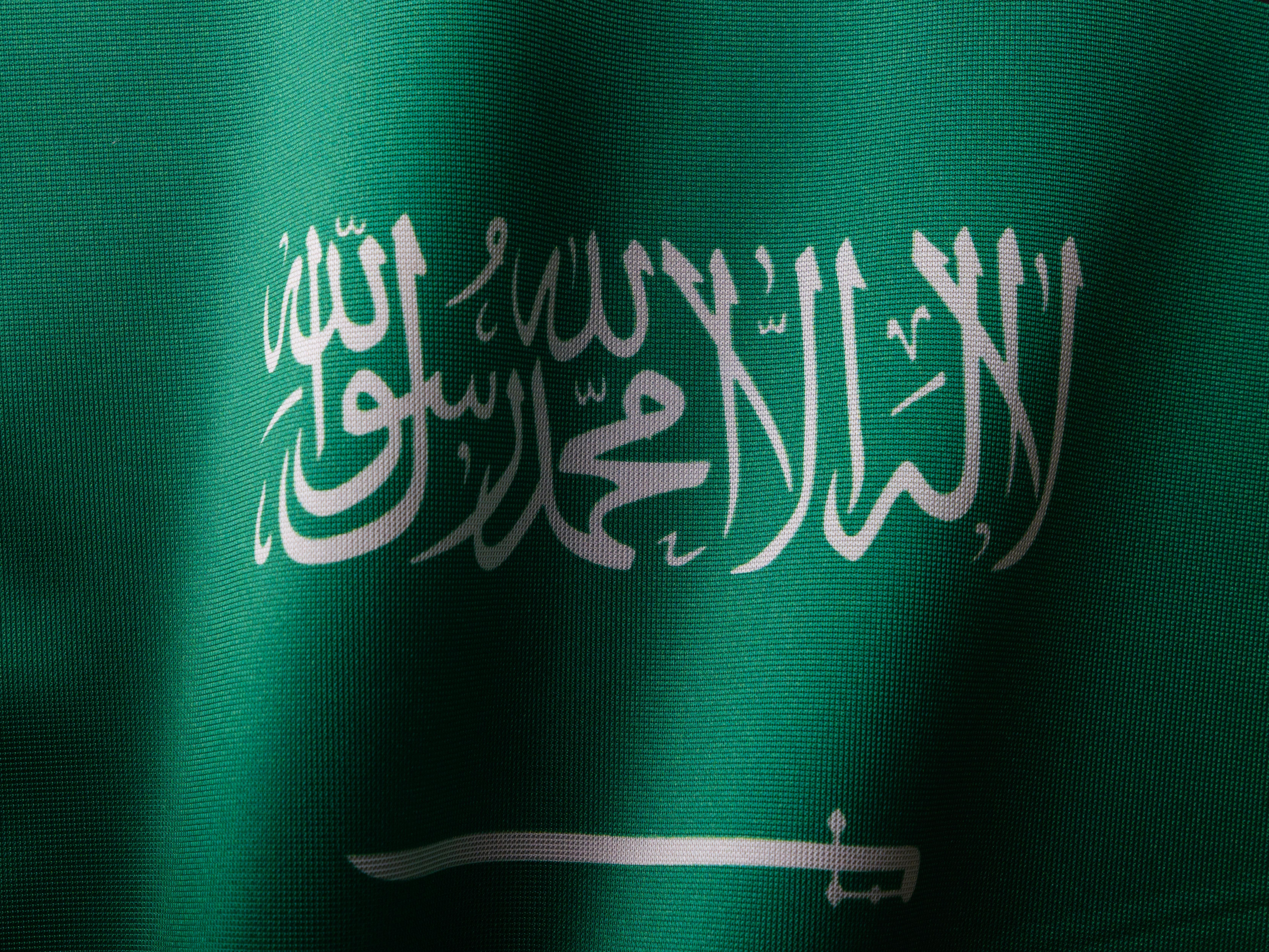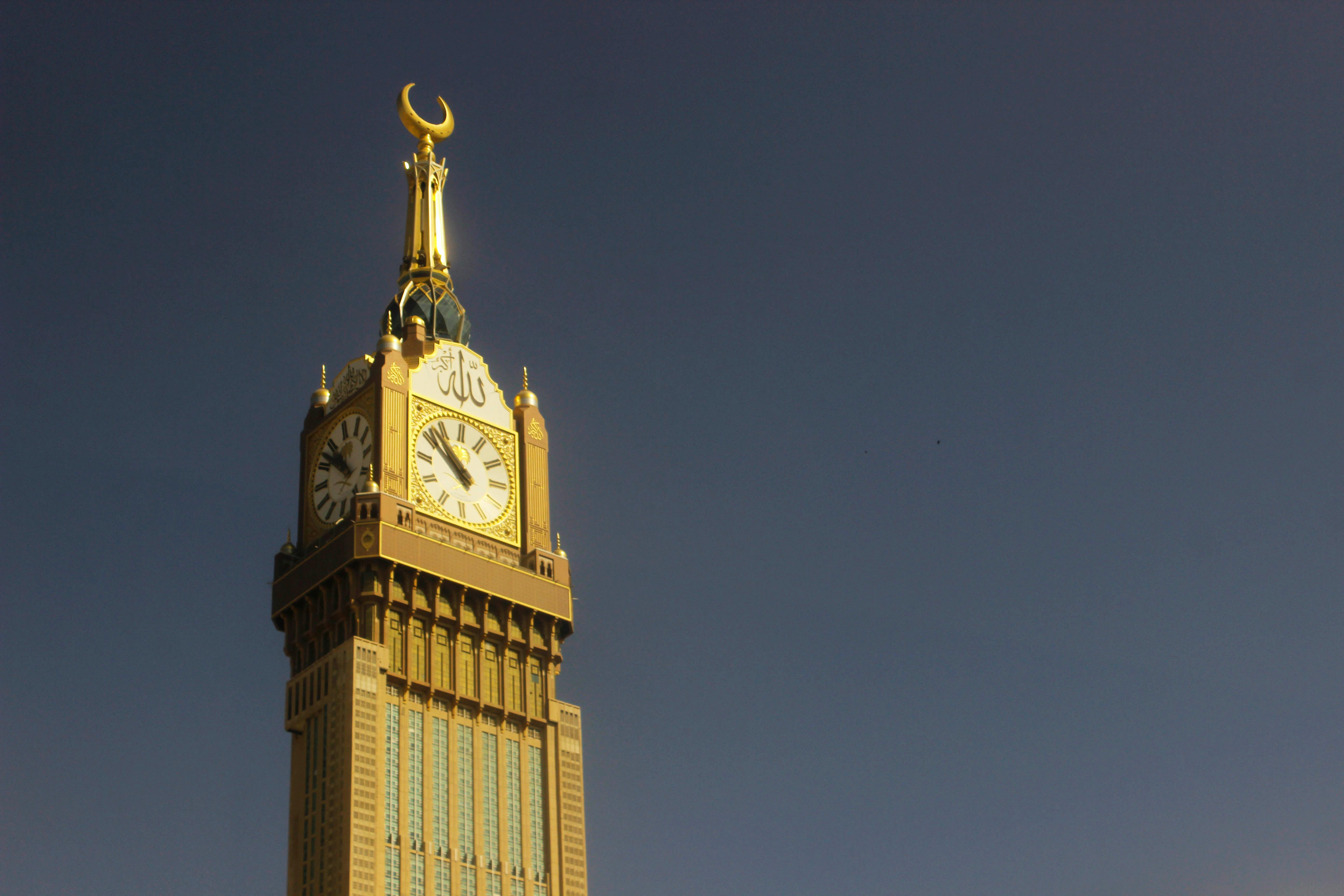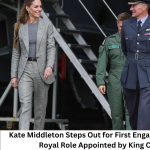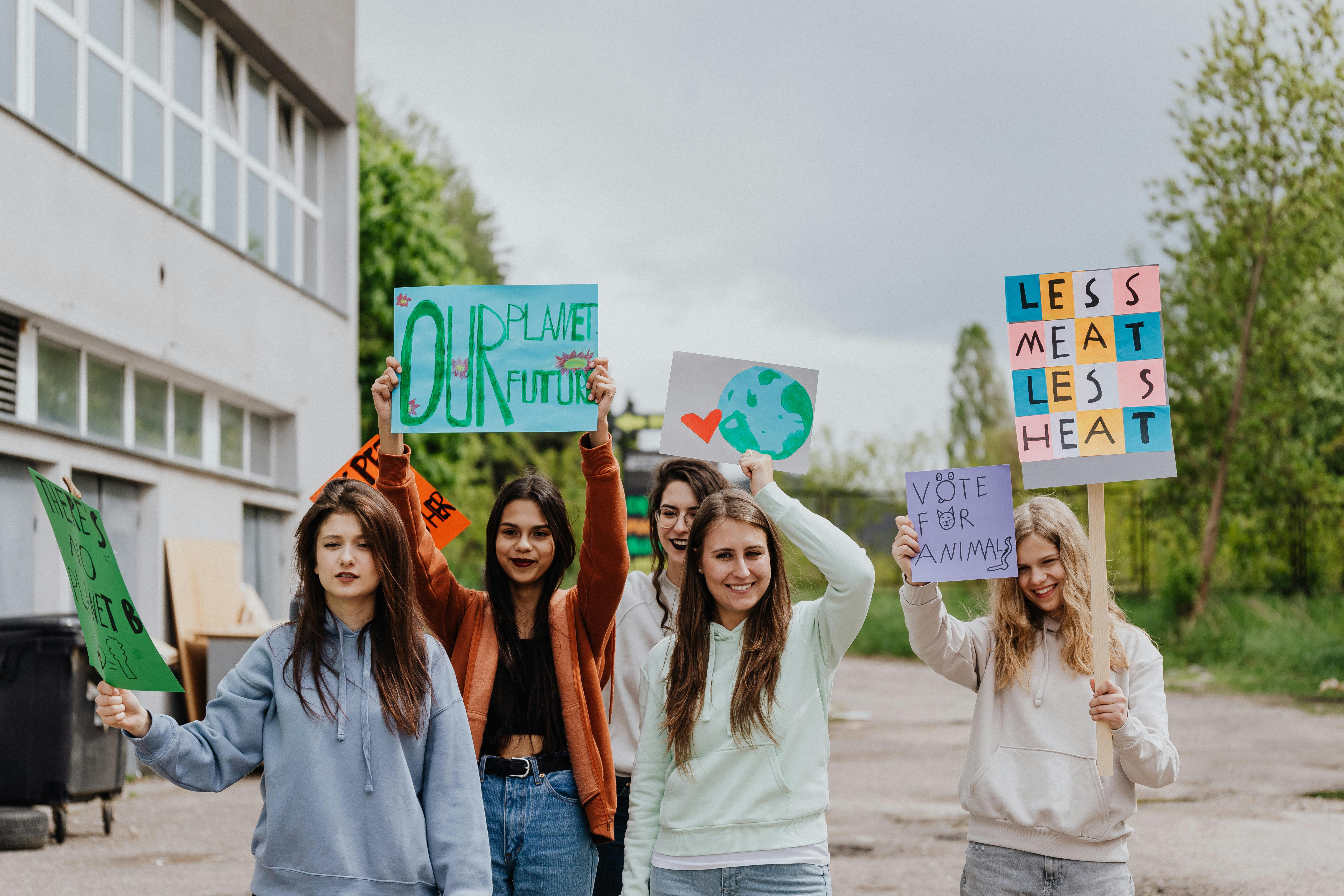Saudi Arabia is once again in the global spotlight as the Kingdom takes bold steps to redefine its diplomatic strategy. In an era marked by shifting global power structures, Saudi leaders are moving swiftly to strengthen alliances not just in the Middle East, but across Asia, Africa, Europe, and even Latin America. This recalibration comes at a time when energy markets, security concerns, and technology-driven transformations are reshaping how nations interact. For Riyadh, diplomacy is no longer just about oil—it’s about positioning the Kingdom as a central hub of influence in the 21st century.
The diplomatic momentum is visible on several fronts. Crown Prince Mohammed bin Salman has intensified high-level meetings with world leaders, securing agreements in trade, defense, infrastructure, and digital technology. At the same time, Saudi Arabia is stepping up its humanitarian and development initiatives, aiming to project itself as not just a regional power but a responsible global actor. This approach marks a significant evolution from past decades when the Kingdom’s foreign policy was primarily defined by oil revenues and traditional security concerns.
Energy Diplomacy in a Post-Oil Future
One of the most striking features of Saudi Arabia’s new foreign policy is its embrace of energy diversification. While oil remains vital, the leadership has launched Vision 2030 to reduce dependence on fossil fuels and pivot toward renewable energy. Diplomatic engagements now include solar partnerships with China, hydrogen projects with Germany, and advanced nuclear research cooperation with South Korea. These initiatives are not only economic but also political tools, building long-term partnerships with emerging and established powers alike.
The shift is critical because energy politics has historically given Saudi Arabia leverage on the global stage. As countries race toward net-zero carbon goals, Riyadh wants to ensure it remains a key energy provider—whether through oil, gas, or renewables. The message is clear: Saudi Arabia intends to shape, not follow, the future of global energy.
Expanding Security and Defense Partnerships
Beyond energy, Saudi Arabia is also recalibrating its defense and security alliances. Traditionally tied closely to the United States, the Kingdom is now diversifying its security partners. Recent defense agreements with Russia, Pakistan, and even Turkey suggest that Riyadh is pursuing a multi-polar strategy. This provides Saudi Arabia more flexibility in navigating regional conflicts and asserting its influence in the Gulf.
The Yemen war remains a challenge, but Saudi Arabia is signaling a readiness for negotiated settlements while still reinforcing its security through new weapons deals and intelligence-sharing agreements. This careful balance between strength and diplomacy reflects Riyadh’s broader global strategy.
A Growing Role in Global Organizations
Another pillar of Saudi Arabia’s diplomatic shift is its increasing role in global institutions. The Kingdom has expanded its participation in G20 discussions, played a visible role in the World Trade Organization, and enhanced ties with the United Nations on climate and humanitarian issues. Hosting Expo 2030 is another symbol of its ambition to position Riyadh as a global hub for innovation and culture.
The expansion is not symbolic—it’s strategic. By placing itself at the center of multilateral platforms, Saudi Arabia is ensuring that its voice carries weight in decisions about global finance, trade, technology, and climate policy.
Soft Power and Cultural Diplomacy
Saudi diplomacy is no longer limited to hard power; soft power has become equally crucial. From expanding tourism through the “Visit Saudi” initiative to investing heavily in sports and entertainment, the Kingdom is promoting a modern, open image. Hosting global events such as Formula 1 races, boxing matches, and concerts featuring international stars highlights Riyadh’s cultural outreach.
This soft power strategy helps Saudi Arabia appeal to younger generations worldwide while challenging stereotypes that once defined its global image. In diplomacy, image matters—and Saudi leaders know it.
Balancing Relations with the West and East
A key test for Saudi Arabia is managing its relationship with both Western powers and rising Eastern giants. With the United States, ties remain strong but complicated by disagreements over human rights and oil production. Meanwhile, Saudi Arabia’s partnerships with China and India are deepening through trade, technology, and investment.
This balancing act requires diplomatic finesse. Riyadh must maintain security ties with Washington while expanding its role in Asia’s booming markets. So far, Saudi leaders have shown skill in navigating this complex diplomatic chessboard.
Regional Leadership in the Middle East
Within the Middle East, Saudi Arabia continues to assert itself as the Gulf’s dominant power. Reconciliation with Qatar after the blockade, mediation in Sudan’s civil conflict, and renewed dialogue with Iran all point to Riyadh’s ambition of being the region’s stabilizing force. These moves also enhance Saudi Arabia’s credibility as a mediator on global issues.
Expert Opinions
Experts argue that Saudi Arabia’s current foreign policy represents the most ambitious transformation in decades. Dr. Lina Khatib, a Middle East analyst, observed:
“Saudi Arabia is moving from being a reactive actor to a proactive one. Instead of responding to global trends, it is trying to set them.”
Meanwhile, political strategist John Alterman noted:
“The diversification of Saudi diplomacy ensures that it will never again be overly reliant on one power. This is a survival strategy in a world of shifting alliances.”
FAQs
Why is Saudi Arabia changing its diplomatic strategy?
The Kingdom wants to diversify its alliances, strengthen its economy beyond oil, and establish itself as a global leader in energy, technology, and diplomacy.
What role does Vision 2030 play in diplomacy?
Vision 2030 guides Saudi Arabia’s efforts to diversify its economy and expand global partnerships in renewable energy, tourism, and technology.
How is Saudi Arabia balancing ties with the U.S. and China?
Riyadh maintains strong security ties with Washington while expanding economic and technological ties with China and India.
What soft power strategies is Saudi Arabia using?
The Kingdom is investing in sports, entertainment, tourism, and cultural diplomacy to modernize its global image.
What are the regional implications of Saudi Arabia’s diplomacy?
Saudi Arabia is positioning itself as the Gulf’s stabilizer and mediator, enhancing its influence across the Middle East.
Conclusion
Saudi Arabia’s bold diplomatic shift is transforming its role in the global order. By diversifying alliances, embracing renewable energy, expanding defense partnerships, and enhancing its cultural outreach, the Kingdom is sending a clear message: it is ready to be a central player in shaping the world’s future. The success of this strategy will depend on how well Riyadh balances its regional leadership with global ambitions, but one thing is certain—Saudi Arabia is no longer content with being a passive actor on the international stage









